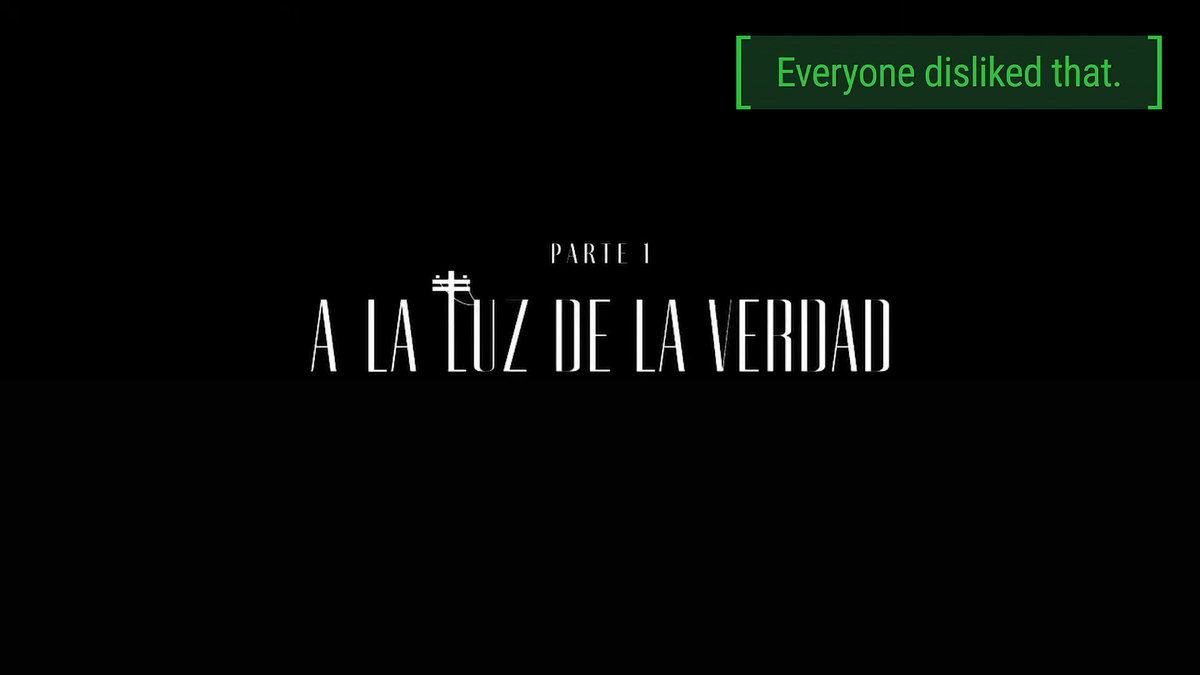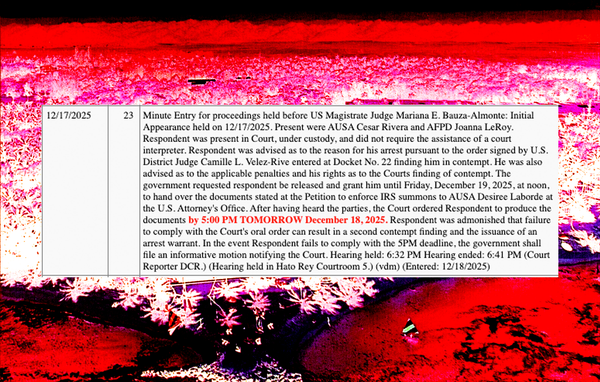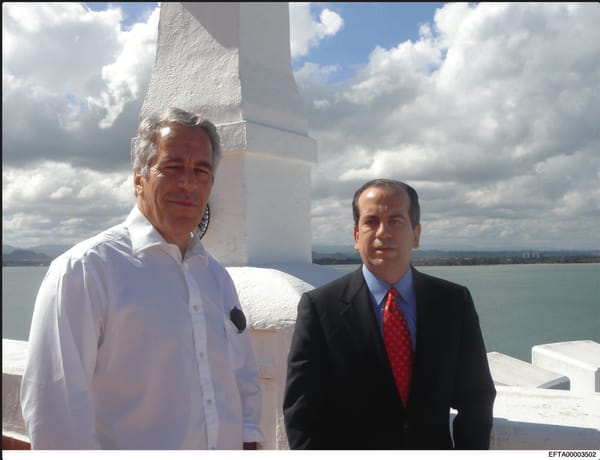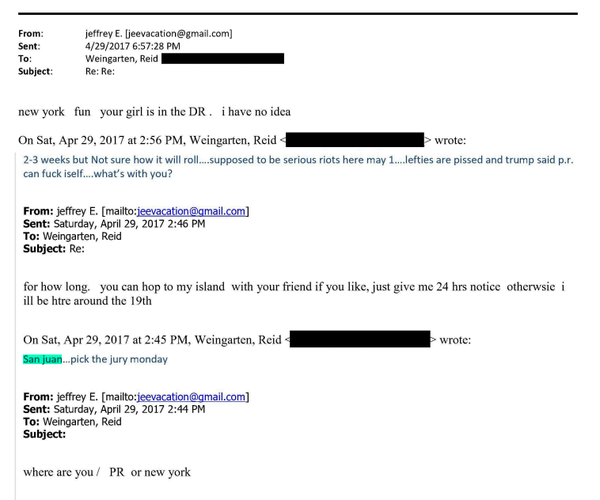Puerto Rico's Private Energy Company Released a Marketing Video It Calls a 'Documentary,' a Move Right out of the Fossil Fuel Propaganda Playbook
"A la luz de la verdad" lifts its marketing strategy from the fossil fuel industry's advertorial playbook.

Luma Energy, the private energy company that controls Puerto Rico’s energy grid, released a marketing video called "A la luz de la verdad" (In the Light of Truth) on Sunday. Shot and edited to look like a genuine documentary, it purports to explain how the archipelago’s grid fell into disrepair through mismanagement, unions, and political corruption. However, the real truth is that it’s a long-form ad by a company trying to regain positive public opinion after people have turned against them and the government is contemplating cancelling their contract.
First, let’s address the elephant in the room. The point the ad is trying to get across by using archival footage, beautiful b-roll, and “interviews” with employees, economists, and the former head of the public electric utility is mostly true.[[1]] There was rampant corruption and mismanagement of Puerto Rico's electrical utility that led to the degraded grid that got wrecked by Hurricane María. But, unions aren't the devil come to Earth. And like Luma claims journalists have done to them, they only presented one side of the story and left out a bundle of facts that would inevitably paint them as continuing the mismanagement of the electrical grid.
For example, some viewers were treated to a 4D experience while they were getting ready to watch the video because about 300,000 people lost power before the ad aired on multiple news channels in the archipelago. In fact, the amount of blackouts have actually increased since 2022, a year after Luma took over. The company says that’s because they used better testing standards than the Puerto Rico Electric Power Authority (PREPA), which used to manage the grid. However, the difference between 2019 and 2024 is a shocking 13,500 more blackouts for the latter year, a difference that can't be easily explained away. Meanwhile, if you look at some of the major blackouts we’ve faced over the last four years, some of them can be partially attributed to overgrown vegetation touching an electrical line, like the Holy Week blackout in April, which is a problem they should be working to fix. And, let’s not forget the time a judge issued an arrest warrant for the company’s former president because he wouldn’t give legislators documents they requested.
None of this is part of the video because it would go against its purpose: present a curated set of “facts” and a worldview that engenders compassion for them and lets them off the hook for worsening Puerto Rico's energy crisis.
Even though Luma is an energy company, this is a move straight out of Big Oil’s advertising playbook.





